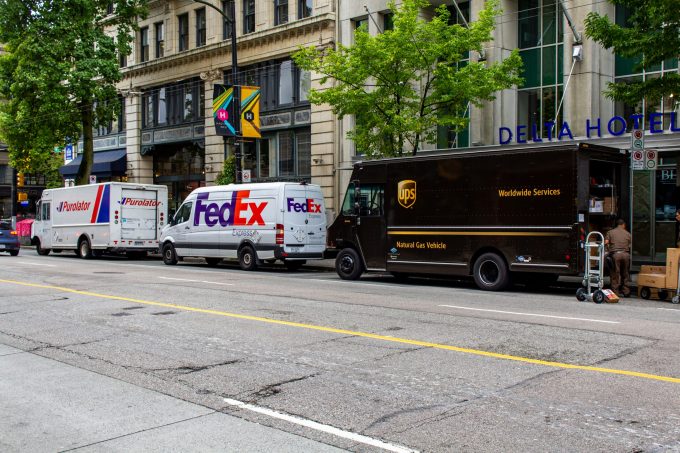The Loadstar leader: Farewell FedEx's Fred Smith, who blazed a trail for so many
FedEx’s Fred Smith was testament to how logistics is a rich and fertile land for ...

There’s a new breed of parcel carriers that can deliver to US homes at the lowest price, with a simplified pricing structure to boot, according to Satish Jindel, founder and president of ShipMatrix and SJ Consulting Group.
He can see a fundamental ...
MSC switches two more Asia-Europe port calls from congested Antwerp
Front-loading frenzy has made traditional H2 peak season 'unlikely'
Canada and Mexico get cosy with trade plan to bypass US
Tradelanes: Export boom in Indian sub-continent triggers rise in airfreight rates
Carriers introduce surcharges as congestion builds at African ports
Mexican airport modernisation plan unlikely to boost cargo facilities
Ports and supply chain operators weigh in on funding for CPB
Tradelanes: Overcapacity on Asia-S America impacting alliances and rates

Comment on this article